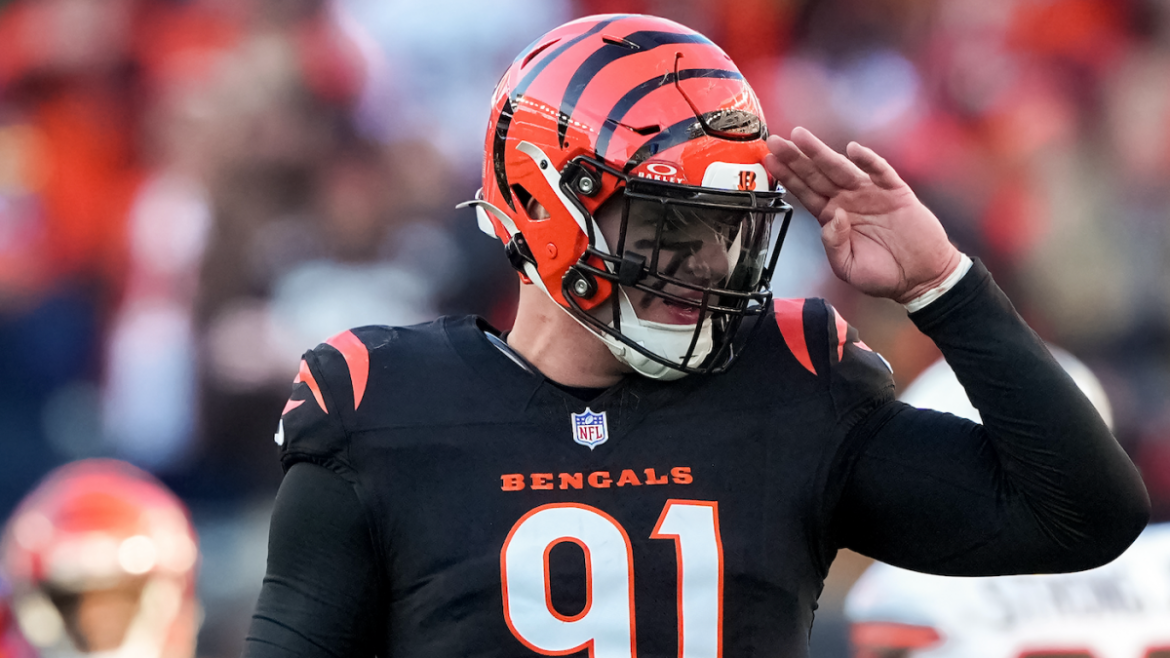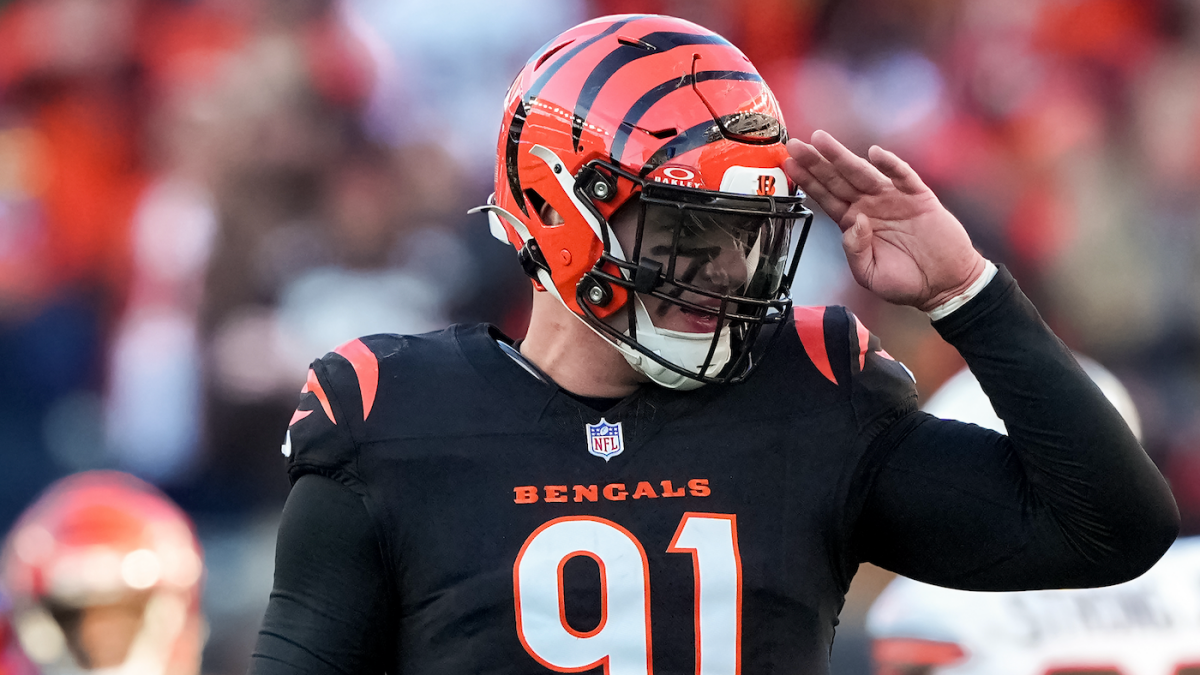The Trey Hendrickson Contract Stalemate: A Critical Juncture for the Bengals
The Cincinnati Bengals find themselves at a crossroads, navigating the treacherous trenches of NFL contract negotiations with star defensive end Trey Hendrickson. This impasse is not merely about dollars and cents; it’s a microcosm of the broader challenges facing NFL teams—balancing short-term success with long-term sustainability, valuing veteran leadership against the specter of decline, and reconciling financial prudence with competitive ambition. The outcome of this standoff will reverberate far beyond the Bengals’ locker room, setting a precedent for how the franchise approaches its most critical personnel decisions.
The Core of the Conflict: Value vs. Risk
At the heart of the dispute lies a fundamental disagreement over Hendrickson’s worth. The 30-year-old pass rusher, who led the NFL in sacks last season, believes his production and leadership justify a long-term contract that reflects his status as one of the league’s elite defenders. His camp argues that Hendrickson’s consistent performance—17.5 sacks in 2024, a career-high—demonstrates his sustained excellence and warrants financial security. Moreover, his intangible contributions as a locker-room leader and defensive anchor cannot be overlooked.
The Bengals, however, are grappling with the harsh realities of the NFL’s financial landscape. The team has already committed significant resources to its high-powered offense, locking in wide receivers Ja’Marr Chase and Tee Higgins to lucrative long-term deals. The franchise’s ownership, the Brown family, has a long-standing reputation for fiscal conservatism, particularly when it comes to defensive players. The Bengals’ reluctance to offer Hendrickson a contract with substantial guaranteed money stems from a calculated risk assessment: investing heavily in a player entering his thirties, whose skills may decline in the near future, could leave the team vulnerable in other areas.
This tension is not unique to the Bengals. Across the NFL, teams are increasingly wary of long-term commitments to players over 30, given the high likelihood of injury and performance decline. The league’s salary cap structure further complicates matters, as teams must balance immediate needs with future flexibility. The Bengals’ offer reportedly includes performance-based incentives and a lower guaranteed amount, a strategy designed to mitigate risk while still acknowledging Hendrickson’s contributions.
The Human Element: Leadership and Longevity
Hendrickson’s absence from training camp is not just a financial protest; it’s a statement about his value to the team’s culture. His leadership is a critical component of the Bengals’ defense, setting the tone for younger players and fostering a competitive environment. The ripple effects of his holdout extend beyond statistics—they threaten the cohesion and intensity of a unit that has been a cornerstone of the Bengals’ recent success.
The Bengals’ defense, while talented, lacks another player with Hendrickson’s combination of skill, experience, and vocal presence. Sam Hubbard and Joseph Ossai are capable defenders, but neither possesses Hendrickson’s disruptive pass-rushing ability or his ability to elevate the play of those around him. If the stalemate persists, the defense could struggle to replicate its 2024 form, potentially derailing the Bengals’ Super Bowl aspirations.
The Bengals’ Dilemma: Short-Term Wins vs. Long-Term Stability
The Bengals’ approach to this negotiation reflects a broader philosophical debate within the organization: prioritize immediate success or build a sustainable model for the future? The Brown family’s history of fiscal restraint suggests a preference for the latter, but the team’s recent investments in its offense indicate a willingness to spend when the opportunity arises.
The Bengals’ dilemma is further complicated by the fact that Hendrickson is not just any player—he is a franchise-altering talent whose presence on the field can single-handedly change the trajectory of a game. The question, then, is whether the Bengals are willing to bet on Hendrickson’s continued excellence or hedge their bets by preserving cap flexibility for future needs.
Possible Resolutions and Their Implications
The path forward is fraught with uncertainty, but several potential outcomes could emerge:
A Defining Moment for the Bengals
The Trey Hendrickson contract saga is more than a negotiation—it’s a defining moment for the Cincinnati Bengals. The franchise’s response to this challenge will shape its identity, both in the eyes of its players and its fanbase. Will the Bengals prioritize their long-standing fiscal conservatism, potentially sacrificing their Super Bowl aspirations in the process? Or will they recognize the irreplaceable value of Trey Hendrickson, offering him a contract that reflects his contributions and secures his place as a cornerstone of the defense?
The answer to that question will determine not only Hendrickson’s fate but also the Bengals’ trajectory in the years to come. The treacherous trenches of NFL contract negotiations are rarely easy to navigate, but the decisions made within them can make or break a team’s destiny. For the Bengals, this moment is a test of their commitment to winning and their willingness to invest in the talent that has brought them to the brink of greatness. The road ahead is uncertain, but the choices they make now will echo far beyond the 2025 season.





